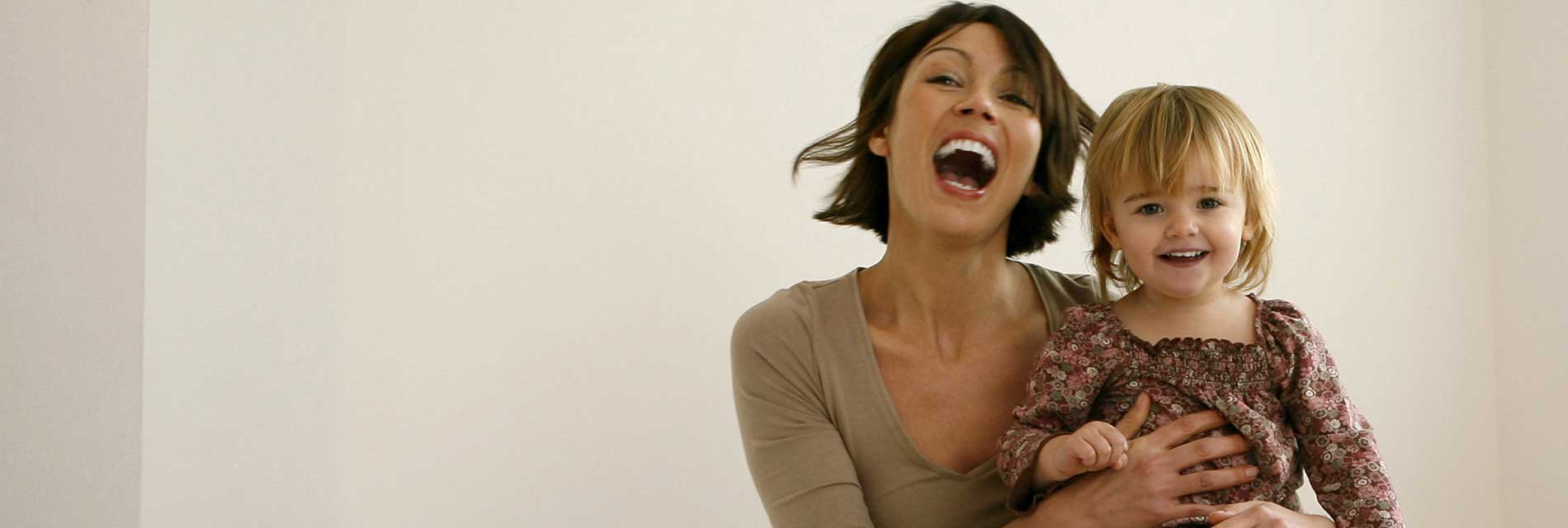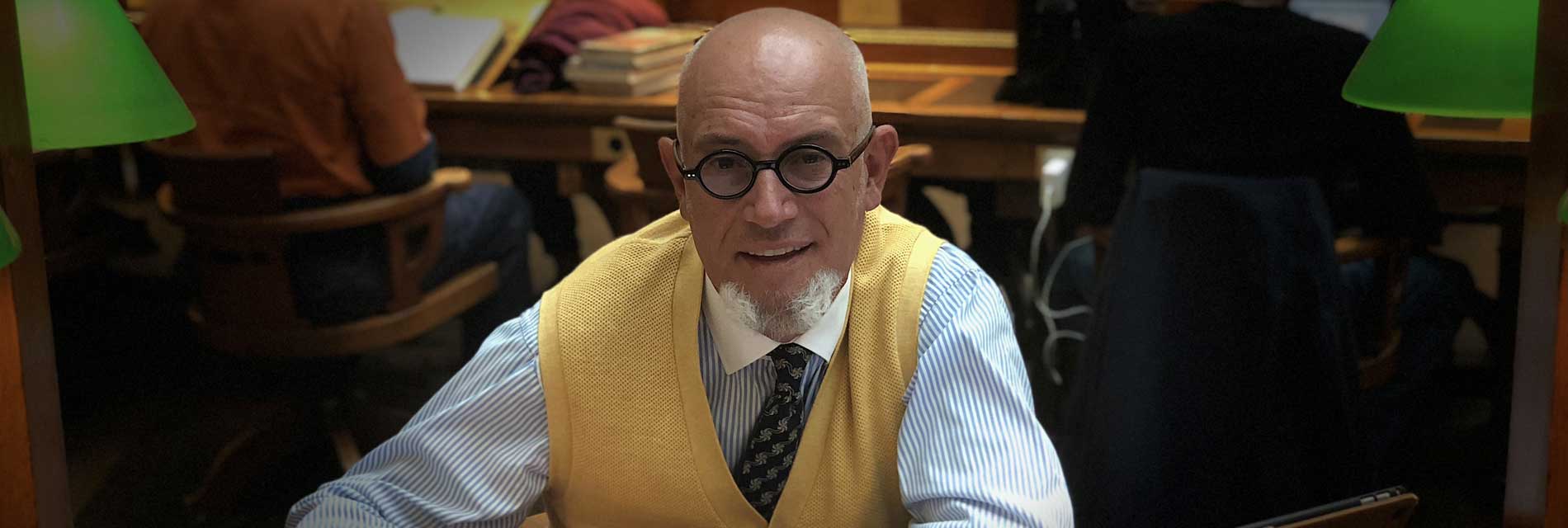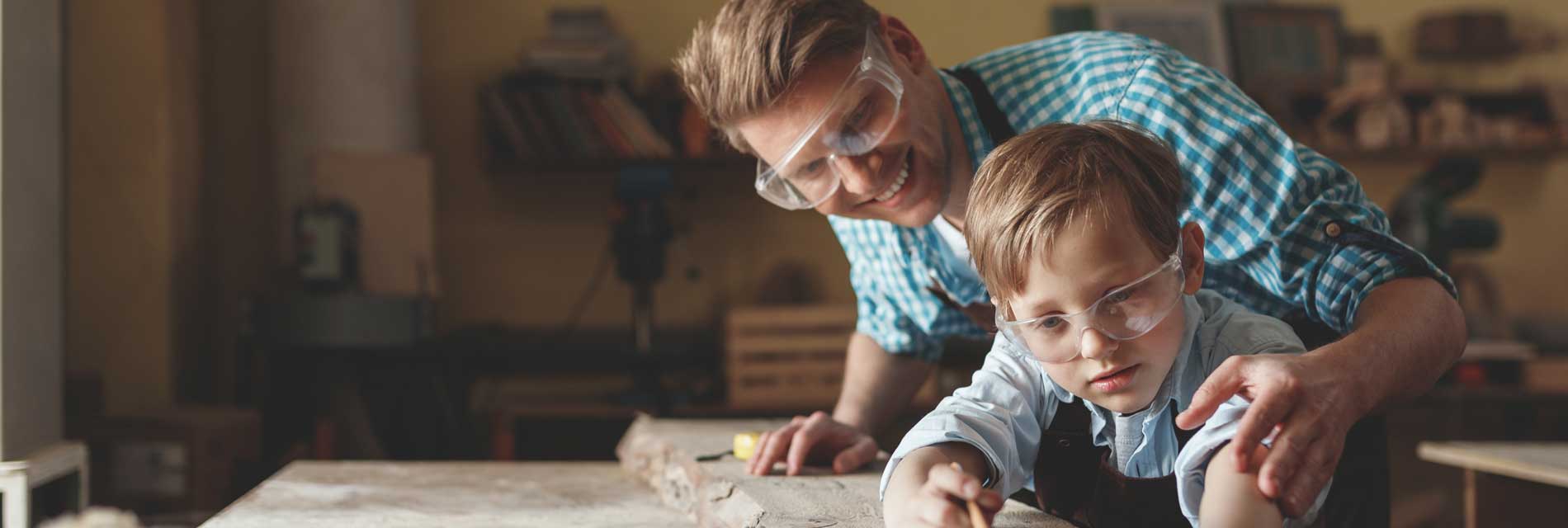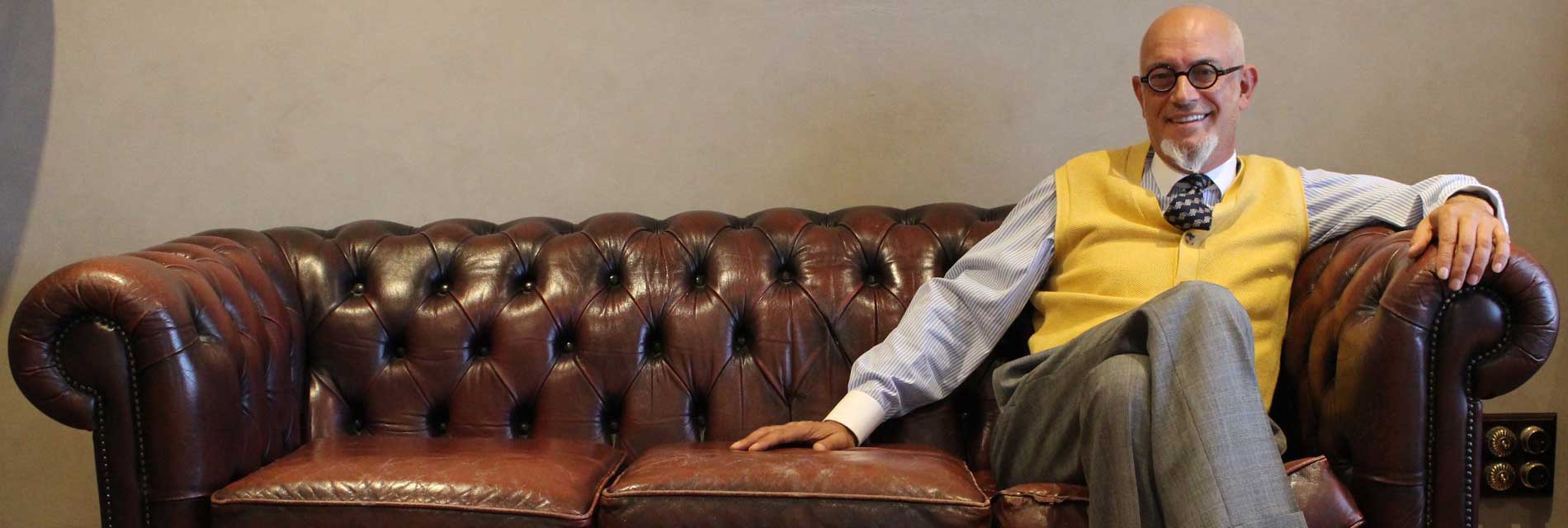How to save for a home deposit
Whether you are a first home buyer or potential investor, saving for a home deposit isn’t easy. It requires some money know-how and tonnes of saving. But with the right tips and tricks, you can fast track your way to putting some cash down on your next property sooner.
What is a home deposit?
A home deposit refers to the initial contribution you make towards the total purchase price of your property. Many home loan lenders expect a 20% deposit of the purchase price, and in the cases that they accept lower than that, borrowers are required to take out lenders mortgage insurance. This insurance is taken out by banks and financial providers to make sure they are covered in the case that you default your home loan (it doesn’t cover you, as the borrower). Pretty much, if are putting down less than 20%, in your lenders eyes you are a risker borrower.
However, if you are a first home buyer with a deposit less than 20%, you may qualify for the First Home Loan Deposit Scheme (FHLDS). Under the scheme, borrowers with at least a 5% deposit can avoid paying LMI as the Federal Government guarantees the remaining deposit requirement of the home loan (up to 15%). The scheme is available to 10,000 applicants each financial year.
Also keep in mind that, along with the deposit, other costs may arise, like stamp duty which differs from state to state. This means that you may have to save a little bit extra than just the amount of your deposit to ensure you’re covering all your bases and aren’t left completely cashless once you’ve put your money down.
In simple terms, the bigger the home deposit you put down on your future property the less you will have to borrow from your home loan lender. Not only will you need to pay less back in repayments, putting down a bigger deposit on your home could save you in interest repayments as well. It also shows lenders that you are smart with your money and can save effectively so is beneficial for your home loan approval. It’s a win win.
Ways to save for a home deposit
Saving for anything can be tough, especially when it’s 20% of the price of a property, so we’ve compiled four simple steps to help you save as much as you can for when you are looking to purchase your next home.
1. Take a look at your current spending habits: fully assessing your current financial situation and the way you spend your money can give you huge insights into where you need to be more frugal. Whether it’s writing up an excel spreadsheet or scrolling through your bank statements, decide which of your spending habits are more indulgent than others. Then, assess whether you can reduce them, or cut them completely, so that you’re putting more money aside towards that deposit! Consider putting your income through a money test to check if you are ready to financially commit to a home loan.
2. Create a budget: once you’ve assessed your current spending habits, set a goal and timeframe for your savings. A good budgeting strategy to follow is the 50/20/30 rule, which allocates 50% of your income to needs (like groceries or electricity bills), 30% to wants (so your little indulgences like Friday night drinks with your mates) and 20% to savings (like for your home deposit). With a clear framework like this it may be easier for you to track where your money is going. If you need to separate your home deposit savings from your other earnings, you could also open a separate savings account just for it so you have an accurate idea of how your savings is going. Similarly, if you need even more of a helping hand with putting money aside, there are plenty of budgeting and saving apps available that can guide you.
3. Get on top of your debt: having other debt lingering, like on credit cards or a car loan, could be getting in the way of your reaching your savings target for your home deposit. In this case, try and tackle your debt first or make it more manageable so that you have more funds to put away for your next property. If you’ve got multiple debts, you might want to roll them into one manageable payment with a debt consolidation loan.
4. Open the right savings account: while many Aussies already have one or more savings accounts, some don’t know about which ones can get you the most for your deposits. If you know you’ll be depositing regularly, choose a high interest account so that you can make more on monthly interest from your savings.
What happens once I’ve saved up my home deposit?
Once you’ve saved up the money, the method of putting down your deposit varies depending on if you bought the property privately or at auction. In the case that you have bought the home privately, you must sign contracts with your vendor and make arrangements for the deposit to be paid, usually via cheque or bank transfer. Sometimes you are able to pay 10% first up and then pay the other 10% a little bit later.
Alternatively, if you are buying at auction you are required to put down your deposit on the day, this is commonly done via a personal cheque.
A few quick reminders about home deposits
- For home deposits under 20% of the property purchase price you may have to pay lenders mortgage insurance
- Remember to account for additional costs, like stamp duty
- The bigger the home deposit the less you have to borrow for your home loan
- If you pay at auction, you pay on the day
- You can pay for your loan via personal cheque, counter cheque or bank transfer
Source: Polly Fleeting
My Very Best To You Always,









